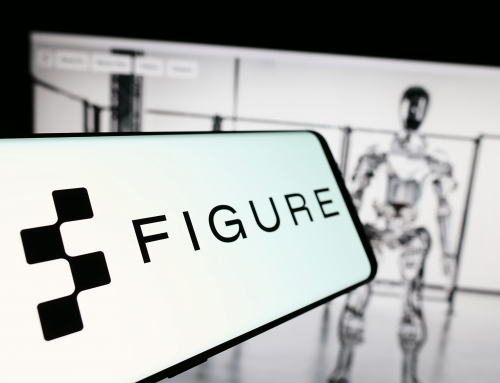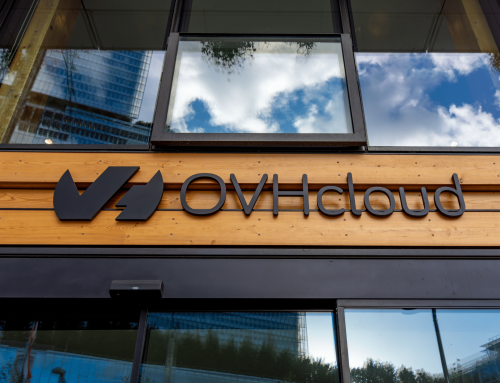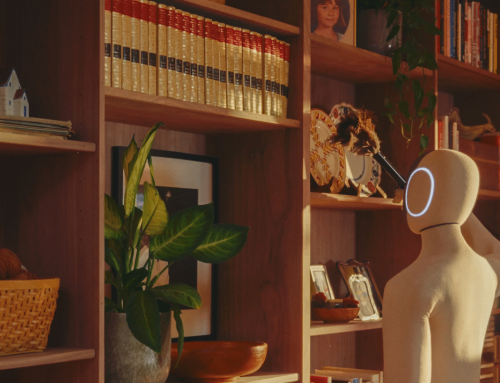AI images: So popular that technology is collapsing
Anyone who has created images with ChatGPT in recent weeks was not alone: the demand for AI-generated images has exploded. So much so that OpenAI is now pulling the emergency brake. The image function in the popular chatbot is being "temporarily" restricted - because the hardware is at its limit.
The trigger: a simple but telling message from OpenAI boss Sam Altman on the X platform (formerly Twitter). "Our GPUs are melting," he wrote dryly - a sentence that sounds like a tech meme but describes a real problem: The graphics processors responsible for calculating images are running hot - figuratively speaking. OpenAI can barely keep up.
3 images per day - the new limit for free users
OpenAI now wants to impose strict regulations: In future, there will only be three images per day for free users. Exactly what the restrictions for paying users will look like is still open - but one thing is certain: the days of unlimited AI image production are over for now.
Technically, the function is based on GPT-4o, a so-called "multimodal model". It can not only analyze and generate text, but also images - and at an impressive level. In particular, the representation of legible text in images, long a weakness of earlier AI systems, is now much better. However, this progress comes at a price: it consumes an enormous amount of computing power.
AI needs electricity - and lots of it
What many people forget: AI is not a magic trick, but is based on massive computing power. And that eats up energy. While text like this can be generated with comparatively low power consumption, the energy requirements for images and videos explode. Every request involves millions of computing operations - and these are carried out by specialized chips known as GPUs. These are not only expensive, but also difficult to obtain.
OpenAI is therefore facing a dilemma that is currently preoccupying many tech companies: How do you reconcile the urge to innovate with resource consumption? The GPT-4o image function is a prime example of the tensions that arise when technology grows faster than the infrastructure behind it.
Progress meets physical limits
The real problem is therefore not a lack of innovation - but a lack of capacity. The "melting GPUs" are symbolic of an industry that is undergoing a huge upheaval. On the one hand, a new creative boom is on the horizon - with AI as a tool for art, design and content production. On the other hand, even a billion-dollar company like OpenAI is coming up against very real limits: too few data centers, too high energy requirements, too many users.
OpenAI promises to relax the limits "soon" - but what "soon" means remains vague. One thing is clear: the future of generative AI will not only be decided by software, but also by raw materials, power grids and supply chains.
Creative freedom - but with the handbrake on
With this measure, OpenAI shows that even in the digital world, nothing is unlimited. The restrictions on image generation are a wake-up call. They show how much our enthusiasm for new technologies often exceeds the limits of the infrastructure. The exciting question remains: Will OpenAI get its act together - or is this just the beginning of technical throttling in the age of AI?







